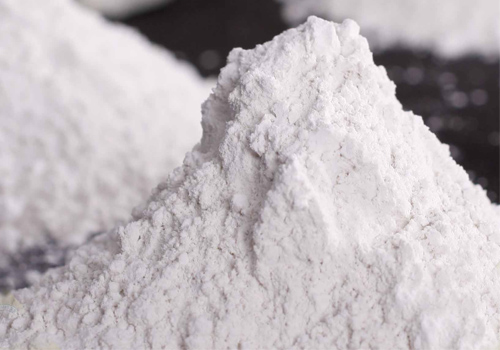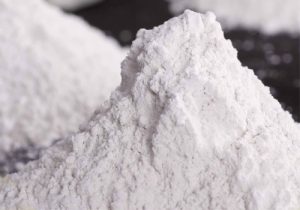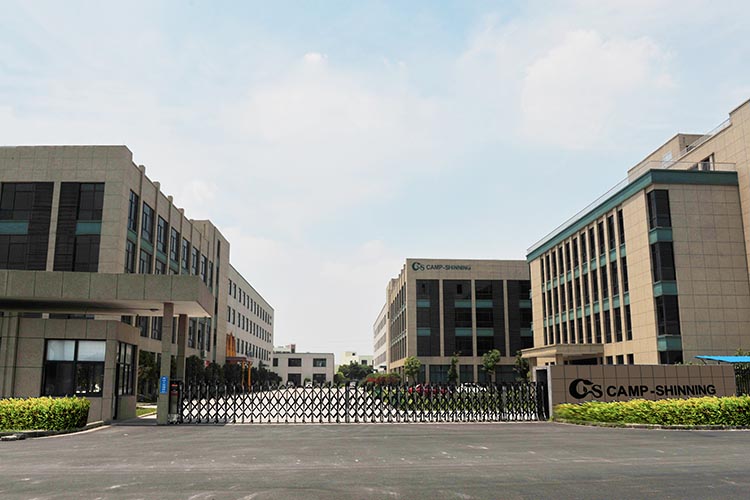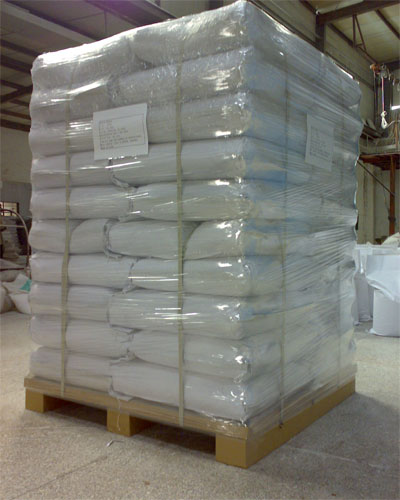organobentonite
Organobentonite: Advanced Rheological Additive for Industrial Applications In today’s competitive industrial landscape, manufacturers are const
Rheology Modifiers in Paints
Rheology modifiers are an assortment of substances used to enhance the properties of paints. In addition to leveling agents, pour point depressants, flow promoters, and thinners and thickeners, the various types of Rheology Modifiers include flow promoters and flow promoters.

Frequently, paint formulations contain additives that confer essential properties. Hectorite clays are a 2:1 layer silicate that readily forms viscous gels in the presence of water. This quality makes it applicable for rheological control in paint, cosmetics, and drilling muds. Additionally, the substance is frequently used as a suspension aid in greases and suspension systems.
In aqueous, one-coat systems, hectorite clays are utilized as rheology modifier by paint manufacturers. In this application, hectorite clays are added to the paint in concentrations ranging between 0.1% and 1.5% by volume. Clays are utilized in metallic automotive basecoats for their ability to better control metal particles. In addition to enhancing the paint’s rheology, hectorite increases the paint’s solid content and improves its overall stability.
The effectiveness of hectorite clays in paints is primarily determined by the smectite group. Since they lack the smectite group, the smaller Hectorite clays tend to delaminate in water. The thickness of hectorite platelets is determined by their edge length. Additionally, these characteristics make hectorite clays suitable for solvent-borne systems.
Rheology Modifiers in Paints
Although hectorite clays are abundant in nature, they are extremely uncommon. From deposit to deposit, their chemical composition varies, resulting in different compositions, impurities, and crystallite sizes. Hectorite clays are frequently used as base coats in metallic paints, but they lack commercial viability. Synthetic hectorite tends to hydrolyze into orthophosphate, which is not a desirable paint ingredient.
Even though synthetic hectorite clay is not based on any particular theory, its dispersion in water remains a defining characteristic of this substance. Moreover, natural hectorite is unlikely to disperse the phosphonate additive in paint.
Additionally, hectorite clays can be used as rheological additives. These unique clays are members of the silicate subgroup within the clay family. They form gels and behave like thixotropic or shear-thinning fluids. Their distinctive morphologies allow them to be utilized in both solvent- and water-based paints. It has been utilized in the production of paints and liquid coatings.
The use of nonionic synthetic associative thickeners can improve waterborne paints and coatings. These compounds are composed of basic chemicals that are designed to have the desired properties. They can be modified to achieve rheological characteristics such as smoothness, richness, body, and feel. Nonionic synthetic associative thickeners have been used successfully in paints and coatings for many years, and their diverse applications have gained increasing significance.
The osmotic pressure of nonionic synthetic associative thickeners in pure water determines their properties. Their rheology is determined by the hydrophobicity of the polymers’ terminal groups. The hydrophobic portions of the polymer’s interior have no effect on the rheology of latex systems. At low concentrations, thickeners form aggregates resembling micelles.
Additionally,Rheology Modifiers in Paints , coatings, and varnishes. They have enhanced viscosity retention for a number of years and continue to evolve. They are compatible with numerous binder chemistries, such as acrylic and styrene-acrylic. In addition, they possess low viscosity and solvent-free liquids.
In paints, coatings, and cosmetics, Organoclays are commonly used as rheology modifiers. Understanding their impact is essential for the development and formulation of these materials for diverse applications, including spraying, printing, and cosmetics.
The use of rheology modifiers in paints can influence a number of manufacturing procedures. Other input materials, such as pigments, are added to a pigment paste during the letdown stage. Rheology influences the final performance as well. A paint that dries more slowly and uniformly may cause drips and splatters. As rheology modifiers in paints, organoclays are useful .
The ability of organoclay to reduce the viscosity of paint is a crucial property. They are useful in coatings due to their superior suspension properties. Hectorite clay can be added to paints in a variety of formulations, unlike gypsum. A pH-sensitive gypsum-based paint is an excellent candidate for a thickener.
A major application of rheology modifiers in paints is as a coating filler. On horizontal surfaces, they can prevent drips and splashes. Additionally, they can improve the adhesion and coverage of paints. These additives improve the coating’s application and storage properties by modifying its rheology. But how do these substances function?
Coatings require a rheology modifier as an essential ingredient. It helps regulate the paint’s viscosity and other properties, such as shelf life, application ease, wet edge, and sagging. When rheology modifiers are added to the formulation of waterborne and solvent-based paints, however, the decision becomes more complicated. Regardless, these additives have both benefits and drawbacks.
There are two types of rheological modifiers for CP series organoclay: Solvent borne thickeners and water borne bentonite thickeners. water borne bentonite thickeners dissolved in water to impart thickening properties. They offer superior flow and leveling characteristics, in addition to the lowest risk of roll spatter. Low-cost paints, automotive basecoats, and inorganic pigment slurries commonly contain these pigments. Nonionic polyurethanes make up the vast majority of their composition. They have hydrophilic regions on their polymer backbones and hydrophobic surfaces.
Organobentonite: Advanced Rheological Additive for Industrial Applications In today’s competitive industrial landscape, manufacturers are const
CP-2 Organobentonite for Oil drilling Mud for diesel system CP-2 Organobentonite CP-180 organoclay is an organo clay rheological additive (modified mo

+86-13185071071 (Whatsapp) paint thickener 20+ Years Experiences Strong R & D Team ISO Certification & Patents Own Raw Bentonite Ore Cooperati

+86-13185071071 (Whatsapp) thixotropic agent 20+ Years Experiences Strong R & D Team ISO Certification & Patents Own Raw Bentonite Ore Coopera
+86-13185071071 (Whatsapp) suspending agent 20+ Years Experiences Strong R & D Team ISO Certification & Patents Own Raw Bentonite Ore Cooperat

+86-13185071071 (Whatsapp) anti settling agent in paint 20+ Years Experiences Strong R & D Team ISO Certification & Patents Own Raw Bentonite




Rheology Modifiers in Paints